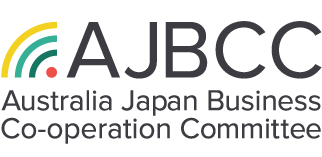31 May Exposing Supply Chain Limitations
Japan has long established economically efficient supply chains spanning numerous companies and many countries, which is great when the entire logistic system works. However, when the Great Eastern Earthquake and resulting tsunami hit Japan on the 11 March 2011, supply chains involving Japanese companies were severely disrupted. At the time, a Japanese factory producing a special aluminium-flaked pigment for automotive paint was forced to close. This was the only factory in the world producing this pigment. Because of the risk of earthquakes in Japan, there was much discussion about companies ensuring that their supply chain should also include suppliers or manufacturers outside of Japan.
Since then, and to cut costs relating to the supply chain, many Japanese corporations have outsourced more and more of their production to foreign countries. Not surprisingly, Japanese companies concentrated on China and this, for many, became a single source of supply. The coronavirus and the subsequent lockdown in China saw many of these factories stop production. This has impacted not only Japanese companies, but other internationally operating brands having to cease their global production as supplies out of China dried up. Japan is now very reliant on China for the manufacture of intermediate goods – components used in manufacture of the overall product. According to Japan’s Cabinet, out of the G7 countries, Japan is the most reliant on China with 21% of its intermediate goods imports coming from there, mainly consisting of electronic and automobile parts.
Transition to ‘Made by Japan’
In recent years, many Japanese products have gone from ‘Made in Japan’ to ‘Made by Japan’ meaning the bulk of the product has been made outside of Japan, in many cases, specifically in China. The aim of the ‘Made by Japan’ message is an attempt to transfer the highly trusted brand recognition of the quality of Japanese goods irrespective of where they are made.
As a result of COVID’s effect, many Japanese companies are evaluating their reliance on China for their product or component supply. Spurred on by the realisation that key products required to mitigate COVID, such as personal protective equipment (PPE) for healthcare and medical workers but extending more broadly to the manufacture of generic pharmaceuticals which are dependent on imports into Japan, the Japanese Government has acted. In its latest fiscal measures to counteract the economic effect of the virus, it has allocated 248.6 billion yen (currently around A$3.6 billion) as a supply chain realignment subsidy to offset the cost for Japanese companies to relocate manufacturing back in Japan. The target is for products that depend on one country and have high added value. In addition, the Japanese Government is to focus on this concept of “economic security” when it releases a report on this topic later in the year.




